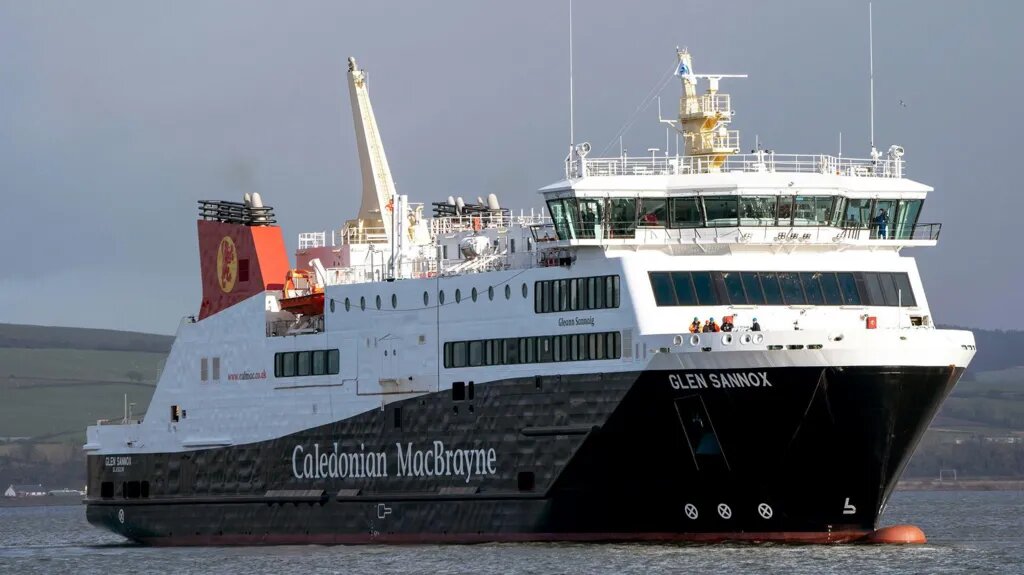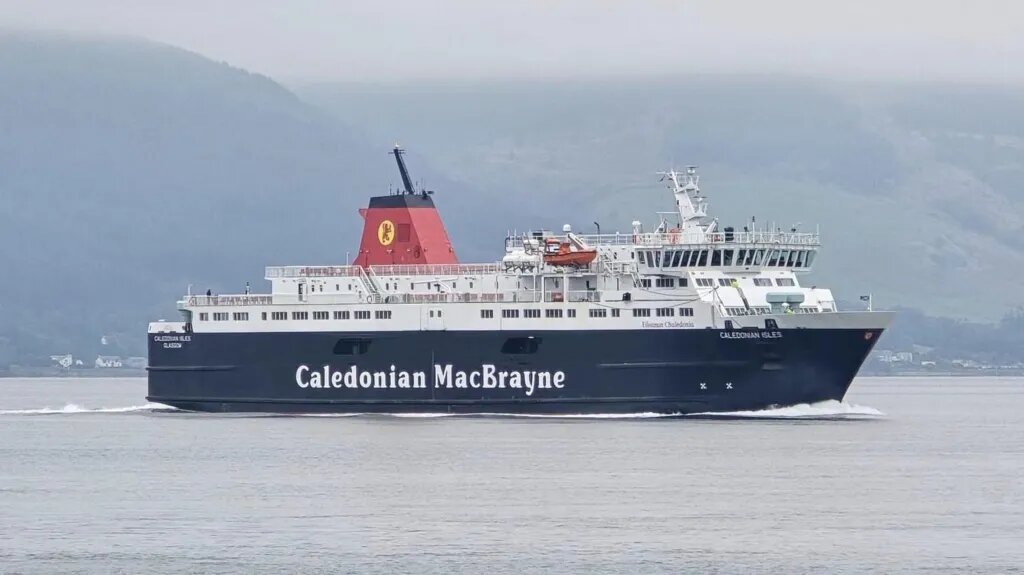The green" ferry Glen Sannoxdesigned to operate with liquefied natural gas (LNG) and marine diesel, has stirred up controversy after it was revealed that its carbon footprint will be significantly higher than that of the MV Caledonian Islesthe diesel boat which has served the route between the Scottish mainland and the island of Arran for 31 years.
According to an emissions analysis conducted by CalMacThe Glen Sannox will emit 10,391 tons of CO2 equivalent per year, 35% more than the Caledonian Isles' 7,732 tons, notes a BBC article.
Although the Glen Sannox has a larger vehicle capacity (127 versus 90 for the previous vessel) and reduces air pollutants such as NOx and SOx, its larger and heavier design requires more powerful engines. Not only do these engines consume more fuel, they also emit methane, a greenhouse gas with an impact 28 times greater than CO2 over a 100-year period.
The teacher Tristan Smithof University College London, stated that the benefits of using LNG are negligible at best. Furthermore, the additional emissions from transporting LNG from Kent, added to the unburned methane and upstream emissions from imported Qatari gas, further exacerbate the climate impact of Glen Sannox.
The ferry, announced in 2017 as a symbol of Scotland's commitment to the climate changeThe LNG carrier has faced multiple delays and cost overruns due to the complexity of the LNG technology. Its size prevents it from docking at its usual port in Ardrossan until a refit is completed, however, despite these difficulties, the vessel will enter service next month, offering increased capacity and maneuverability in adverse weather conditions.
Transportation experts stressed that the focus on LNG as a "transition fuel" appears to have been premature, especially given the rapid advance of more sustainable alternatives such as biogas and all-electric systems. Countries such as Norway already operate electric ferries with zero emissions, an option that, according to Smith, would be more viable and sustainable for routes such as Arran.

Environmentally friendly solutions
The transition to greener ferries will require significant investments in infrastructure, such as biogas plants or electric charging stations. CMAL is also exploring ship designs adaptable to future fuels, such as ammonia, and is considering catamarans, which are more fuel efficient.
The catamaran Alfredcurrently in operation on the Arran route, has proven to be a model of efficiency. Capable of carrying 98 cars and built at a cost of just £14.5 million, the Alfred consumes significantly less fuel than traditional ferries and its success could inspire wider adoption of catamarans as a low environmental impact option.
CalMac is also exploring all-electric ferries, powered by advanced batteries. According to company estimates, 90% of its current routes could be served by electric vessels, a figure that could reach 100% with the implementation of fast charging stations.
Professor Smith points out that the electric ferries The renewable-energy-fueled power plants are the most climate-friendly solution available and Scotland has the opportunity to lead this transition in the United Kingdom.
Source: BBC


